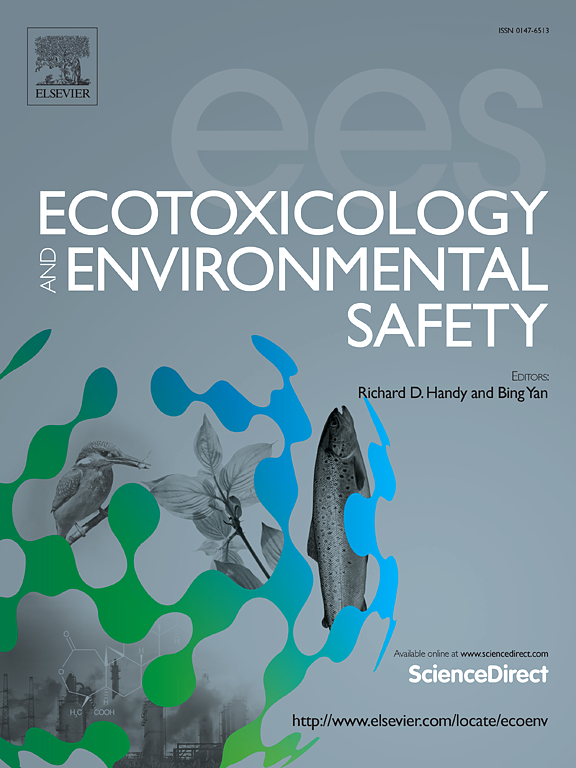Increasing residential greenness attenuates the hazard of ultraviolet radiation on age-related macular degeneration in the elderly: A nationwide study in China
IF 6.2
2区 环境科学与生态学
Q1 ENVIRONMENTAL SCIENCES
引用次数: 0
Abstract
Background
Exposure to ultraviolet (UV) radiation may increase the risk of age-related macular degeneration (AMD), the leading cause of blindness in the elderly. However, prevention measures of UV radiation at population-level remain lacking, exacerbating the health inequity. Given the protective effect of residential greenness on human health, we aim to identify the impact of greenness on the UV-AMD association.
Methods
We used data from 19,832 participants in a national cohort in China conducted from 2018 to 2023. Satellite-based models and ophthalmological fundus images were used to evaluate the exposures (UV radiation and residential greenness) and outcome (incident AMD), respectively. The effects of UV radiation, residential greenness, and their interplay on incident AMD were furtherly estimated through multiple Cox proportional hazard models.
Results
A total of 3800 incident AMD cases were diagnosed during follow-up. Higher UV radiation elevated the hazard of incident AMD, while excessive greenness showed a significant protective effect, with hazard ratios of 1.35 (1.29, 1.41) and 0.90 (0.86, 0.94) for per tertile increment, respectively. These relationships remained consistent in two-exposure models, and a significant modification effect of greenness on the UV-AMD association was observed. Notably, when the residential greenness over 0.4, the hazard of UV on incident AMD became non-significant. This greenness threshold remained consistent across rural-urban and south-north subgroups.
Conclusion
Maintaining the residential greenness above 0.4, as a low-cost measure at population-level, could mitigate the UV-AMD association and facilitate the health equity in China, regardless of the regions.
求助全文
约1分钟内获得全文
求助全文
来源期刊
CiteScore
12.10
自引率
5.90%
发文量
1234
审稿时长
88 days
期刊介绍:
Ecotoxicology and Environmental Safety is a multi-disciplinary journal that focuses on understanding the exposure and effects of environmental contamination on organisms including human health. The scope of the journal covers three main themes. The topics within these themes, indicated below, include (but are not limited to) the following: Ecotoxicology、Environmental Chemistry、Environmental Safety etc.

 求助内容:
求助内容: 应助结果提醒方式:
应助结果提醒方式:


